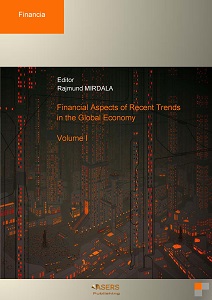2000s: PAINFUL AND TURBULENT DECADE OF DEBT. HOW DID WE END UP IN THIS MESS?
2000S: PAINFUL AND TURBULENT DECADE OF DEBT. HOW DID WE END UP IN THIS MESS?
Author(s): Taha Chaiechi
Subject(s): Economy, National Economy, Business Economy / Management
Published by: ASERS Publishing
Keywords: financial crisis; sovereign debt; federal budget; fiscal sustainability
Summary/Abstract: Around the globe observations demonstrate that the countries with expected near- future- inflation, unsustainable ballooning government spending and expected recession head towards a financial crisis unless significant policy transformations take place convincingly and before late. And whilst the recent sharp increase in advanced country sovereign debts has led to serious concerns about fiscal sustainability as well as their broader economic and financial market impacts, research on the relationship between sovereign or public debt and economic growth remains sparse, particularly from an empirical perspective. To avoid another chaotic catastrophe the trends of the sovereign debt and macroeconomic performance of countries needs to be watched closely. The projection of the future patterns based on the past and current trends are imperative since it will provide adequate safety net before another financial calamity arrives. Needless to say if the extent of sovereign debt for a nation is too large to finance and service, bankruptcy is very likely to occur and by then there will be little motivation for other countries to cooperate with the system in finding an immediate solution.
Book: Financial Aspects of Recent Trends in the Global Economy - Volume I
- Page Range: 176-190
- Page Count: 15
- Publication Year: 2013
- Language: English
- Content File-PDF

